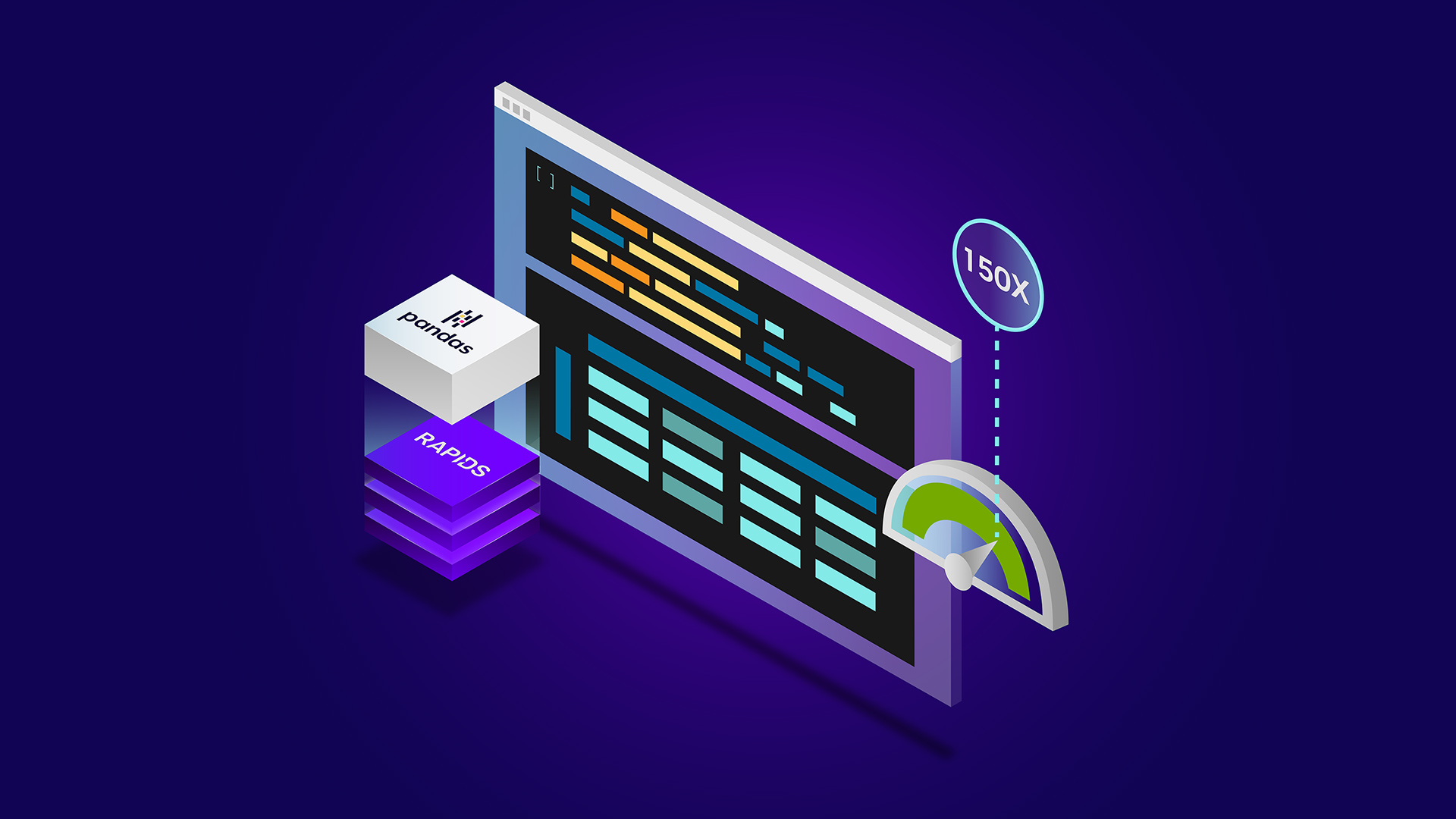Sam
Nothing changes if nothing changes

Samsung launches generative AI model made for its devices, beating Apple to the punch
Samsung Electronics on Wednesday introduced a new generative artificial intelligence model called Samsung Gauss.

Hopfully some FOMO will be kicking in from not knowing what next week may or will bring in !!!Morning Chippers ,
Thinking we should see some decent volume in the next hour onwards . with a Strong Positive Finnish.
General gut feel, not advice
Regards,
Esq.
Can someone please explain to me how you can have 3x the amount of buyers and 3x units wanted and still the SP drops.
Not that it matters to me as I’m in for the long haul.
Just curious.
Is there some sort of f&&kery going on
May be some are just props.
You cant always see the sellers or buyers. I personally will buy or sell into the current price especially if I have a large number to deal with rather than frighten the market and change its direction by creating a block. Or it just might be sheer manipulation in the background, just keep loading the sell side bit by bit.Can someone please explain to me how you can have 3x the amount of buyers and 3x units wanted and still the SP drops.
Not that it matters to me as I’m in for the long haul.
Just curious.
Is there some sort of f&&kery going on
Two makes a pair........

RAPIDS cuDF Accelerates pandas Nearly 150x with Zero Code Changes | NVIDIA Technical Blog
At NVIDIA GTC 2024, it was announced that RAPIDS cuDF can now bring GPU acceleration to 9.5M million pandas users without requiring them to change their code. pandas, a flexible and powerful data…developer.nvidia.com

#pandas #rapids #dataprocessing #coffee #data #ai #datascience #artificialintelligence #machinelearning #productivity #businessintelligence #innovation #marketing #technology | Jay R. | 89 comments
Just announced: #pandas is now 150x faster with NVIDIA GPUs 🐼 💻 I'm thrilled to share that #RAPIDS cuDF's pandas accelerator mode can speed up your pandas workflow by 150x with zero code change. What does this mean? Lightning-fast #dataprocessing that used to take hours can now be done in...www.linkedin.com
View attachment 49153
View attachment 49152
As I was told by a broker long time ago that the people who show their hands on the table are not the real traders. They are just numbers on the board. The real traders are the ones who actually initiated a buy or sell transaction instead of just sitting there and waiting. Most likely when the price is near their orders, a lot of them would pull them. For example, a shorter tends to load up the buy side to give people an illusion that lots of people want to buy and the trader would buy into their shorts. When people are starting to sell into their fake buy orders, they will be pulled.Can someone please explain to me how you can have 3x the amount of buyers and 3x units wanted and still the SP drops.
Not that it matters to me as I’m in for the long haul.
Just curious.
Is there some sort of f&&kery going on
Yes.Can someone please explain to me how you can have 3x the amount of buyers and 3x units wanted and still the SP drops.
Not that it matters to me as I’m in for the long haul.
Just curious.
Is there some sort of f&&kery going on
Let’s try for .23 this arvo!$2.30

Since Western Sydney University’s International Centre for Neuromorphic Systems (ICNS) is Australia’s largest neuromorphic research group with around 60 people in total and is running lots of fascinating ongoing and future projects to tackle real-world problems with the help of neuromorphic technology, it would be awesome to finally get some kind of confirmation that they are also experimenting with Akida.
How could they not, you ask?!
In this video of a recent workshop on event-based vision, Dr Greg Cohen from ICNS mentions at around 1:20 min that “We have our own neuromorphic processor and like to work with other ones as well, the idea being, you know, you wanna be able to process these neuromorphic sensors in the sort of paradigm in which they are presented.” (?)
Sounds promising, if you ask me…
View attachment 49197
Playing the old infallibility card now, your holiness?Hi frangipani,
I would suggest WSU do know PVDM have been experimenting (minimum) with Akida a while back. Refer to previous post(s) I provided in TSE a while back
Cheers
The Pope
You are funny Dio. The links to PVDM and WSU have been there for a while now.Playing the old infallibility card now, your holiness?

 thestockexchange.com.au
thestockexchange.com.au
Green for the week though?Guess we gotta be happy with almost 20% gain this week.................................
The "unexpected rally " on Wednesday has probably given BRN greater exposure to a wider audience ........................
I always enjoy listening to Zach Shelby speak, and am very happy we are partnered with Edge Impulse ..........................
Considering the Shareholder Q&A Podcast has been delayed til next week, due to "scheduling issues " (whaaaat? .......) im
very much looking forward to that ..........................................................................................................................................................................
AND, NOW WHAT YOU HAVE ALL BEEN WAITING FOR , ................................................................................................
GREY BABY YEAH, ........................................
View attachment 49226
